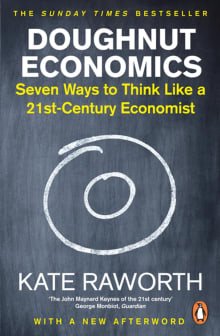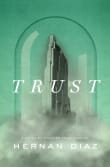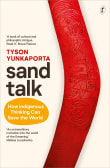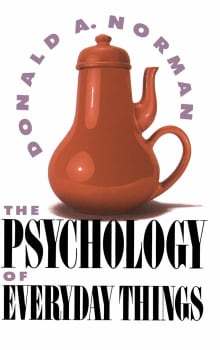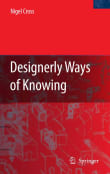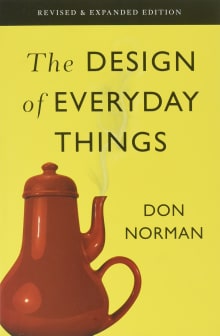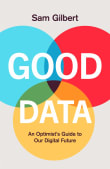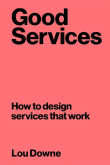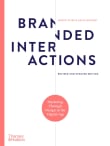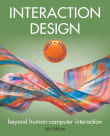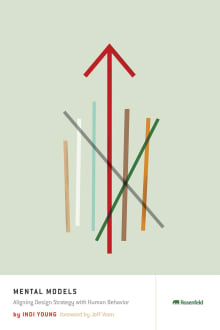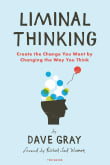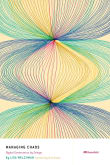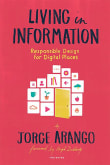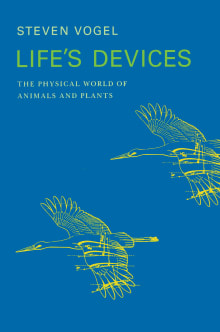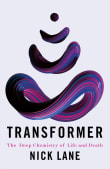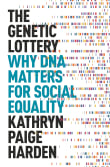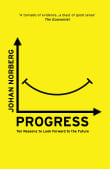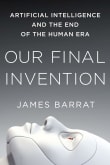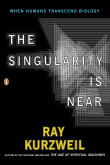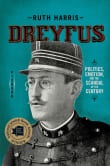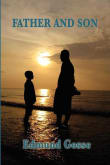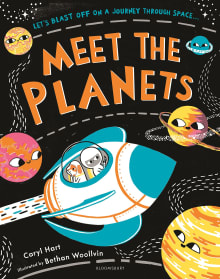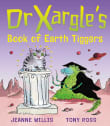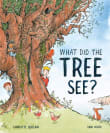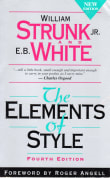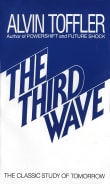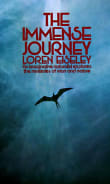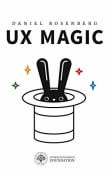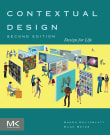Why are we passionate about this?
We are the academic and creative directors at the Stanford d.school. Our students study design, but they really hope to navigate a world of unknowns and make their way to a better future. We believe the best way to do that is not to limit yourself to a single domain or area but to find new possibilities in the overlaps, patterns, and discoveries that linger between ideas. We love books that stretch us beyond the design domain and into new places of inspiration and investigation. The ones on our list have all delighted us with their ability to reframe our thinking about design, even though none are squarely about the topic.
Carissa and Scott's book list on help you design a better future

Why did Carissa and Scott love this book?
Kate Rayworth speaks our language. This book explains how to develop an economy that takes human and planetary flourishing into account and, most importantly, explains how we might think differently to get there.
This is a 300-plus-page book about economics—to be honest, even we haven't finished it cover to cover—but we feel a little bit wiser and more hopeful every time we crack it open!
7 authors picked Doughnut Economics as one of their favorite books, and they share why you should read it.
A Financial Times "Best Book of 2017: Economics"
800-CEO-Read "Best Business Book of 2017: Current Events & Public Affairs"
Economics is the mother tongue of public policy. It dominates our decision-making for the future, guides multi-billion-dollar investments, and shapes our responses to climate change, inequality, and other environmental and social challenges that define our times.
Pity then, or more like disaster, that its fundamental ideas are centuries out of date yet are still taught in college courses worldwide and still used to address critical issues in government and business alike.
That's why it is time, says renegade economist Kate Raworth,…
